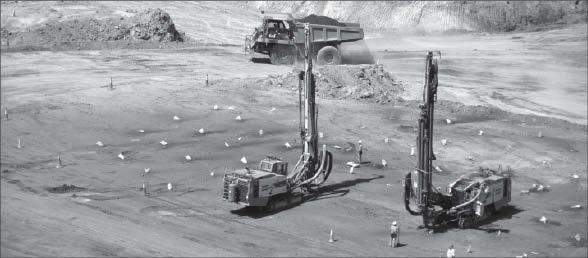At a time of record-high gold prices Nevsun Resources (NSU-T) had the unfortunate task of announcing to the market that it has a lot less gold in its deposit than it originally believed.
As a result of the reduced reserves at its Bisha gold mine in Eritrea, the company said production could fall by as much as 50% this year. That news rattled investors who in response sent its share price tumbling. On Feb. 7 — the day the news was released — the company’s shares were off 30%, or $1.93, to $4.41.
The trouble comes from the Main zone at Bisha, where an overly optimistic reserve estimate from last March is coming back to bite the company.
Nevsun says the estimate overstated reserves in terms of tonnage as what was considered gold-bearing ore turned out to be waste rock in the deposit’s upper oxide zone.
The result: a 35% reduction in oxide ore. So where there was once 2.5 million tonnes grading 5.1 grams gold, there is now just 1.6 million tonnes of oxide ore at roughly the same grade.
The Bisha deposit is made up of a gold oxide cap above zinc and copper sulphides. The company plans to start mining the base metals next year, but for this year, the reserve reduction is set to cut gold output to between 190,000 oz. and 210,000 oz., compared to last year’s 379,000-oz. output.
So how did such a large amount of phantom gold end up in the reserves?
The company blames bad core recovery. Because the oxide zone is broken up, core recovery came in at 71%, which is quite low when compared to core recoveries from the sulphide zones that have recovery rates between 91% and 98%.
The problem was compounded when any core with less than 60% was excluded from the resource model during feasibility. That meant wider spaces between data points, leaving the door open to incorrect estimates of how much gold was actually down there.


Be the first to comment on "Where did Nevsun’s gold go?"